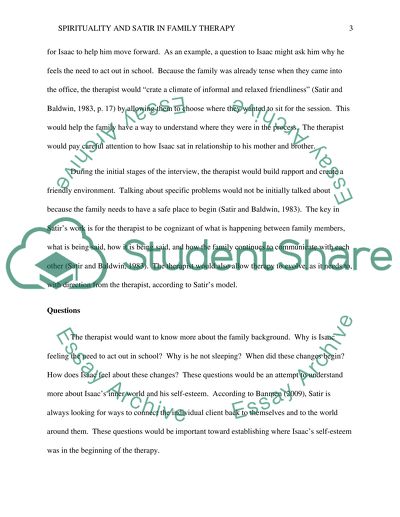Cite this document
(“Spirituality and Satir in Family Therapy Case Study”, n.d.)
Spirituality and Satir in Family Therapy Case Study. Retrieved from https://studentshare.org/psychology/1452988-spirituality-and-satir-in-family-therapy
Spirituality and Satir in Family Therapy Case Study. Retrieved from https://studentshare.org/psychology/1452988-spirituality-and-satir-in-family-therapy
(Spirituality and Satir in Family Therapy Case Study)
Spirituality and Satir in Family Therapy Case Study. https://studentshare.org/psychology/1452988-spirituality-and-satir-in-family-therapy.
Spirituality and Satir in Family Therapy Case Study. https://studentshare.org/psychology/1452988-spirituality-and-satir-in-family-therapy.
“Spirituality and Satir in Family Therapy Case Study”, n.d. https://studentshare.org/psychology/1452988-spirituality-and-satir-in-family-therapy.


